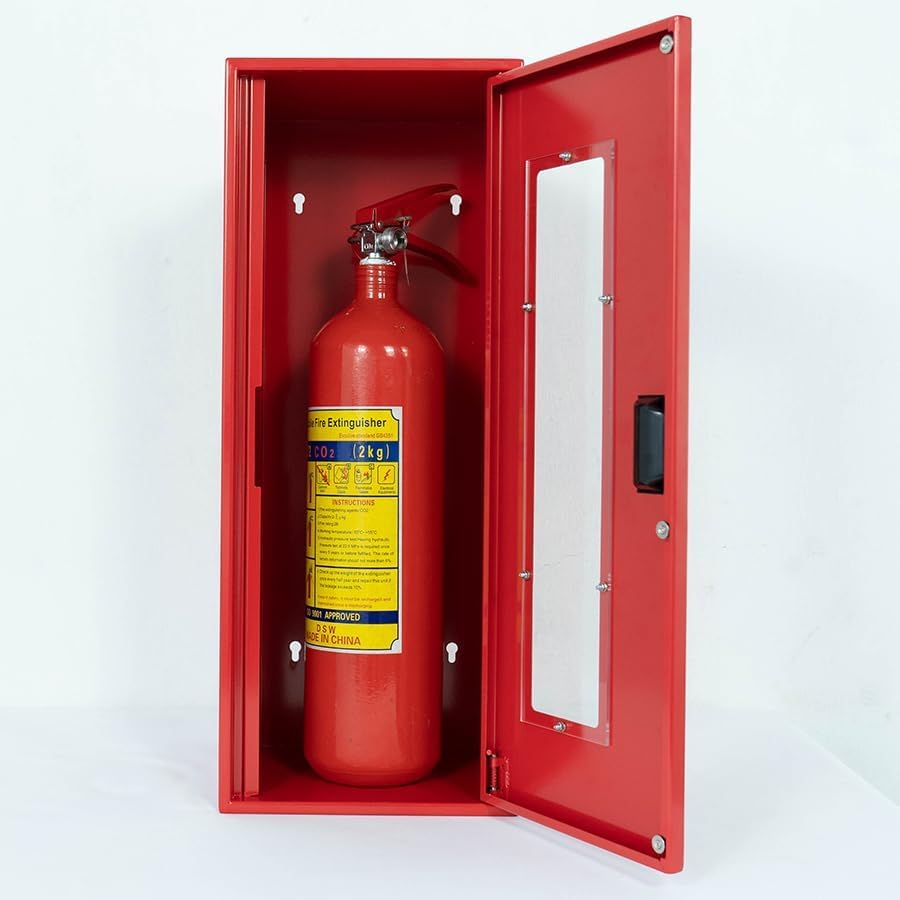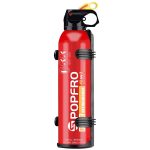Having a fire extinguisher cabinet is essential for ensuring safety in both residential and commercial properties. It provides a designated place to store fire extinguishers, protecting them from damage while also making them easily accessible in case of an emergency. Proper installation and maintenance of your fire extinguisher cabinet not only complies with safety regulations but also enhances preparedness. This guide will walk you through the steps to effectively install and maintain your fire extinguisher cabinet.
Understanding Fire Extinguisher Requirements
Know Your Local Regulations
Before installing a fire extinguisher cabinet, familiarize yourself with local fire safety codes and regulations. Different municipalities may have specific requirements regarding the type and placement of fire extinguishers. Checking your local regulations ensures that you comply with safety standards and avoid potential legal issues.
In commercial settings, you might need to adhere to guidelines set forth by the Occupational Safety and Health Administration (OSHA) and the National Fire Protection Association (NFPA). These standards generally dictate the minimum number of fire extinguishers required based on the size and layout of the building. Understanding these requirements will help guide your cabinet installation.
Determine Your Fire Extinguisher Needs
Evaluate the type and number of fire extinguishers necessary for your space. Fire extinguishers come in various classes, each designated for different fire types, such as Class A for ordinary combustibles, Class B for flammable liquids, and Class C for electrical fires. Identify the specific risks in your environment to select appropriate extinguishers.
Once you know what types of extinguishers you need, determine how many are necessary based on the size of the area you’re protecting. A well-placed fire extinguisher cabinet ensures quick access in emergencies, so keep these considerations in mind during the planning stage.
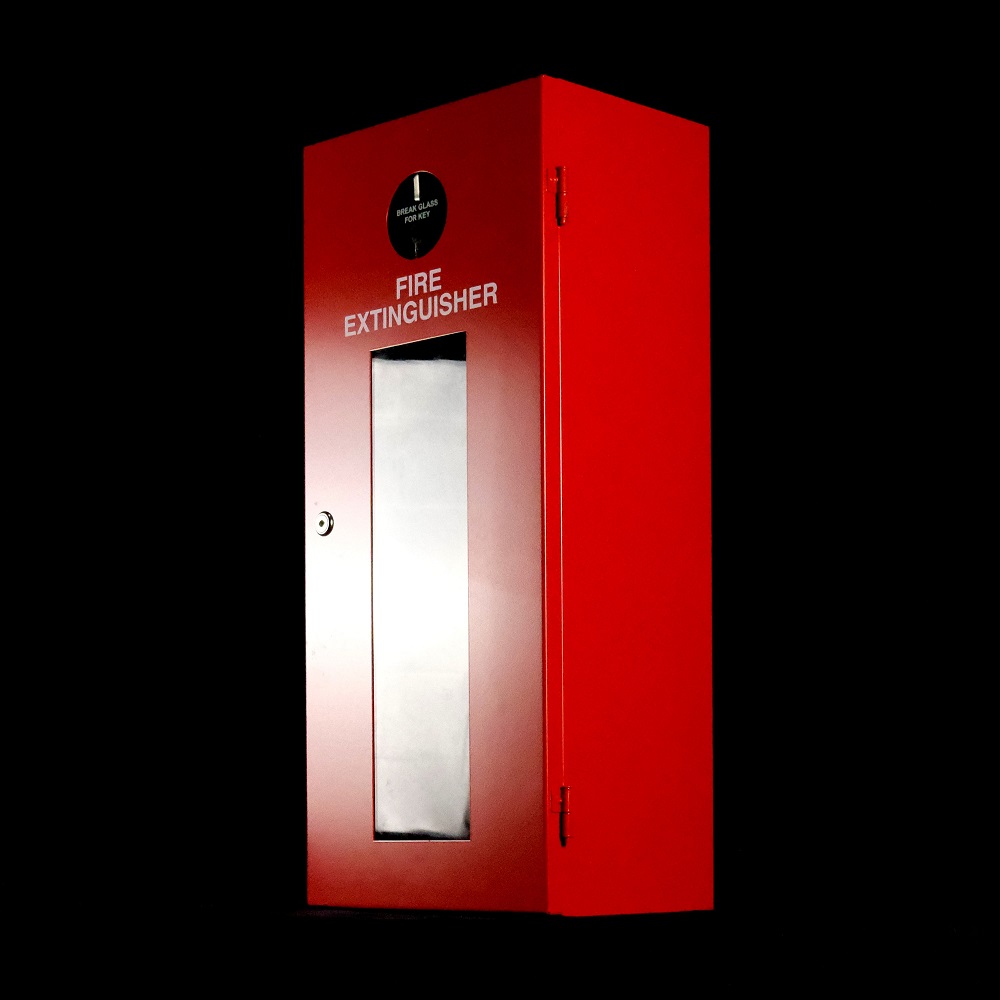
Choosing the Right Location for Your Cabinet
Accessibility Factors
Choose a location for the fire extinguisher cabinet that ensures easy accessibility. Ideally, the cabinet should be placed in high-traffic areas near exits and common areas where fires are more likely to occur. Accessibility is crucial during emergencies, as individuals may have only seconds to react.
A good practice is to place the cabinet within a maximum travel distance of 75 feet from any point in your building. Ensure that it is mounted at a height that allows individuals to reach it without difficulty. The cabinet should be visible and free from obstructions that could hinder access in an emergency.
Visibility and Signage
When installing the cabinet, visibility matters just as much as accessibility. Select a location that is visible from different angles and easily recognizable. Use signs, like “Fire Extinguisher Cabinet,” to clearly mark its presence. Brightly colored signage that contrasts with the surroundings will help increase visibility, making it easier for people to locate it during a crisis.
A well-documented emergency plan should include details about the fire extinguisher cabinet’s location, height, and accessibility features. Regularly remind staff or household members about its presence and functionality during safety drills or family discussions about emergency preparedness.
Proper Installation Techniques
Gather Necessary Tools and Materials
Installing a fire extinguisher cabinet requires proper tools and materials. Make sure you have the following on hand:
- Anchors and screws suitable for the wall material (wood, concrete, etc.)
- A level to ensure proper alignment
- A drill with appropriate drill bits
- A stud finder to locate wall studs for secure installation
- A tape measure for precise measurements
Gathering these tools beforehand will streamline the installation process and prevent any delays or issues.
Follow Manufacturer Instructions
Each cabinet model may have specific installation guidelines, so always follow the manufacturer’s instructions. Begin by reading the documentation that comes with your cabinet to understand the recommended installation method.
Using a tape measure, mark the desired height and location on the wall. Most cabinets require installation at about eye level for easy access. Use the stud finder to locate wall studs, and then drill the necessary holes for screws or anchors. Ensure that the cabinet is level before securely fastening it to the wall.
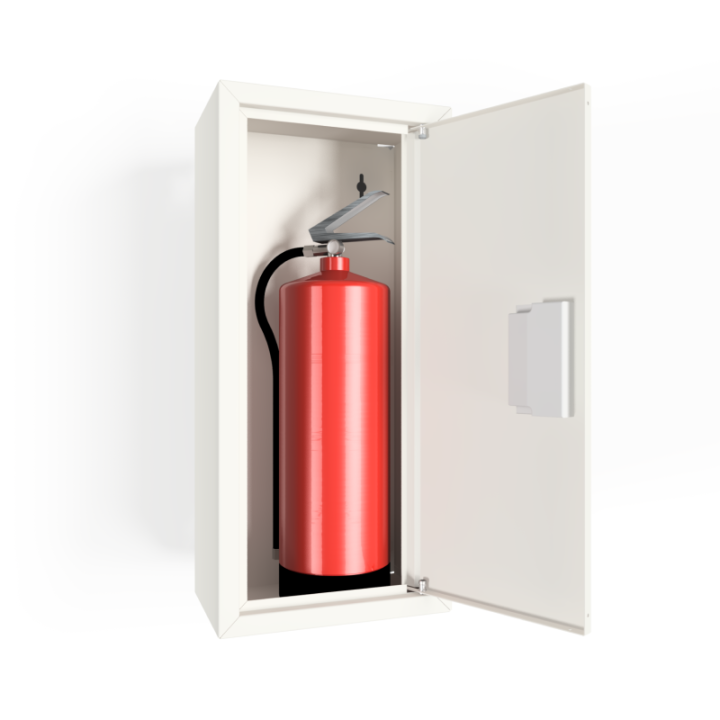
Loading the Fire Extinguisher Cabinet
Proper Placement of Fire Extinguishers
Once the cabinet is securely installed, it’s time to load it with fire extinguishers. Make sure to choose the appropriate extinguishers as discussed in earlier sections. The cabinet should be spacious enough to accommodate the types of extinguishers you selected.
Place the extinguishers in the cabinet according to size and type, ensuring that the labels are visible for quick identification. Ensure that larger extinguishers are placed on the bottom and smaller types are at the top for easy access. This arrangement facilitates a smoother retrieval process during an emergency.
Conduct Regular Checks
After loading the cabinet, perform regular checks of the extinguisher’s status. Make it a point to visually inspect the extinguisher’s pressure gauge and check for any signs of damage. The gauge needle should be in the green zone, indicating that it is fully charged. Any visible deterioration, such as rust or physical damage, should prompt immediate replacement.
Establish a routine to inspect both the cabinet and the extinguishers at least monthly. Keeping a checklist can help ensure that nothing gets overlooked, enabling you to address any issues quickly.
Maintenance of the Fire Extinguisher Cabinet
Regular Inspections
Maintaining the fire extinguisher cabinet itself is equally crucial for ensuring its efficiency and effectiveness. Regularly check the exterior of the cabinet for signs of wear, damage, or rust. If the cabinet features glass doors, examine the glass for cracks or breaks. If you notice any issues, consider replacing the cabinet to guarantee safe storage for your extinguishers.
Include the cabinet in your facility’s regular maintenance inspections, just as you do the extinguishers. Document any findings and corrective actions taken to ensure you remain compliant with safety regulations.
Cleaning and Upkeep
Keep the fire extinguisher cabinet clean and well-organized. Dust and dirt buildup can hinder visibility and accessibility. Use a damp cloth to wipe down the cabinet regularly, ensuring that it remains presentable and functional.
If your cabinet includes signage, make sure the signs are clearly visible and legible. You may need to replace them if they become faded or damaged over time. Clear communication remains vital when it comes to emergency preparedness.
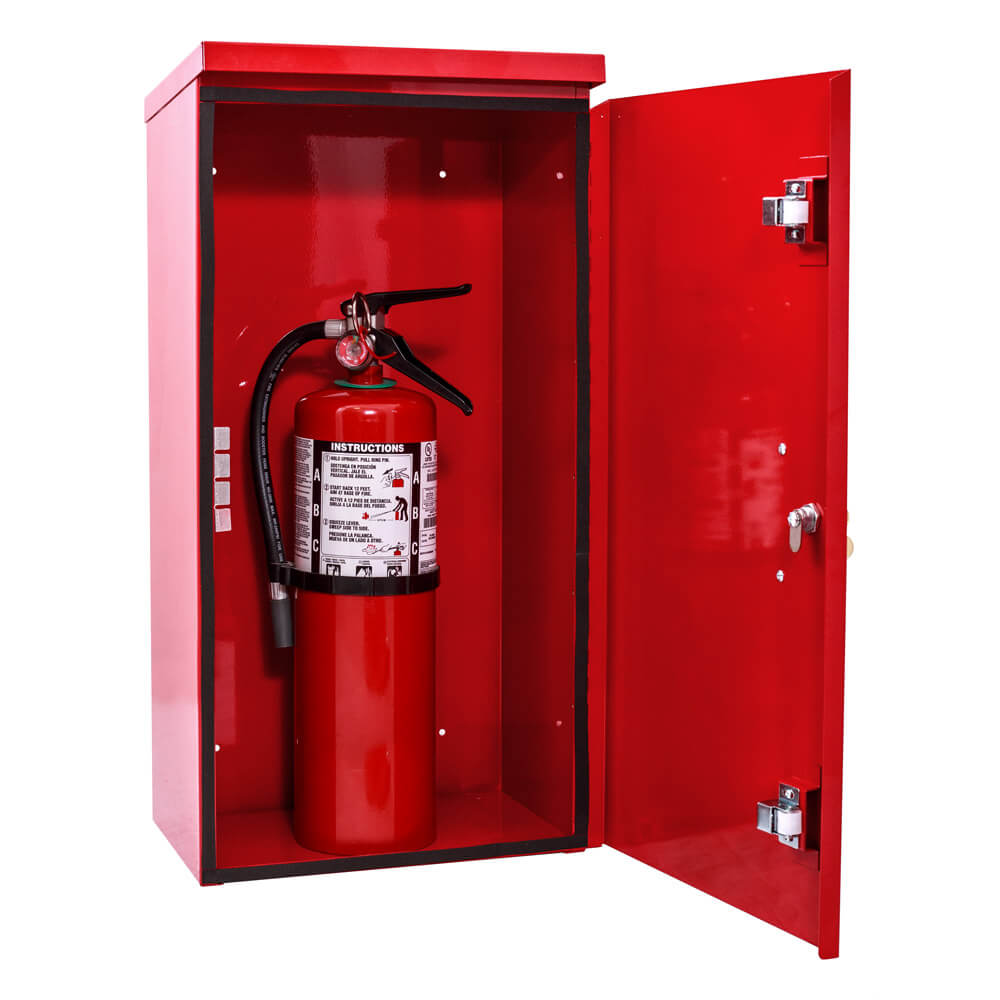
Educating Your Home or Workplace
Training Staff or Household Members
Once the fire extinguisher cabinet is installed and loaded, educating staff or family members about its use is essential. Conduct training sessions to familiarize everyone with fire safety and the operation of extinguishers. Training includes teaching the proper technique for using a fire extinguisher, including the PASS method: Pull the pin, Aim the nozzle, Squeeze the handle, and Sweep from side to side.
Make it a priority to hold regular refresher training sessions, as this emphasis on fire safety keeps everyone aware of procedures. Incorporate fire drills into your routine to ensure quick and efficient reactions in the event of an emergency.
Reviewing Emergency Plans
Along with training, review your emergency evacuation plans with everyone involved. Ensure that all staff, family members, or residents understand where the fire extinguishers are located and how to access them quickly during a fire. Regularly discuss potential fire hazards related to your specific environment and emergency protocols in case of an incident.
Encouraging open discussions about fire safety and preparedness helps foster a greater understanding and commitment to safety.
Planning for Upgrades and Replacements
Recognizing When to Replace
Even with diligent maintenance, fire extinguishers and cabinets eventually need replacements. The National Fire Protection Association recommends replacing fire extinguishers every 12 years, but this may vary based on manufacturer guidelines. If your extinguishers ever display signs of damage, such as a broken seal or rust, they should be replaced immediately.
For the cabinet itself, consider updating it if it becomes outdated or if the technology changes. This might include features like enhanced locking mechanisms or better visibility options. Investing in newer models can lead to improved safety and convenience.
Continuous Improvement
Periodically review your fire safety protocols to identify areas for enhancement. Conduct audits to assess the effectiveness of your current fire extinguisher placement and accessibility. Is the cabinet still in the ideal location? Are the extinguishers meeting the changing needs of your space? Asking these questions ensures that your fire safety measures remain effective and relevant as your environment evolves.
Investing time and resources into the ongoing maintenance and upgrading of your fire safety equipment is an invaluable practice that protects both properties and lives.
A Commitment to Safety
Installing and maintaining your fire extinguisher cabinet is a crucial step to ensuring safety in your home or workplace. By understanding the requirements, choosing the right location, properly installing the cabinet, and consistently maintaining it, you can significantly enhance your fire safety measures.
Regular education and training for yourself and others further prepares everyone for emergency situations. Remember that fire safety is an ongoing commitment. By prioritizing these practices, you will not only comply with safety regulations but also create a safer environment for all. Take action today—review your fire safety protocols, invest time in training, and maintain your fire extinguishers and cabinets to protect what matters most.
